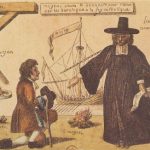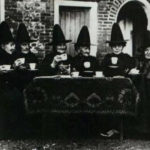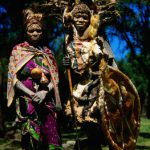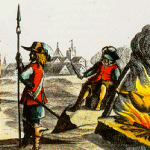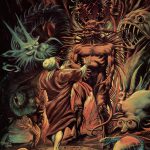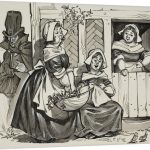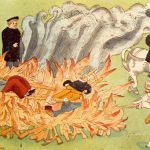The evidence required to convict an alleged witch varied from country to country. There are particularly important differences between the English and continental witch-hunting traditions. The checks and balances inherent in the jury system, which required a 23-strong body (the grand jury) to indict and a 12-strong one (the petit jury) to convict, always had a restraining effect on prosecutions.
Another restraining influence was its relatively rare use of torture: the country formally permitted it only when authorised by the monarch, and no more than 81 torture warrants were issued (for all offences) throughout English history.
Continental European courts, while varying from region to region, tended to concentrate power in individual judges and place far more reliance on torture. In the Pays de Vaud, nine of every ten people tried were put to death, but in Finland, the corresponding figure was about one in six (16%). A breakdown of conviction rates (along with statistics on death tolls, gender bias, and much else) can be found in Brian Levack, The Witch-Hunt in Early Modern Europe (2nd ed, 1995).
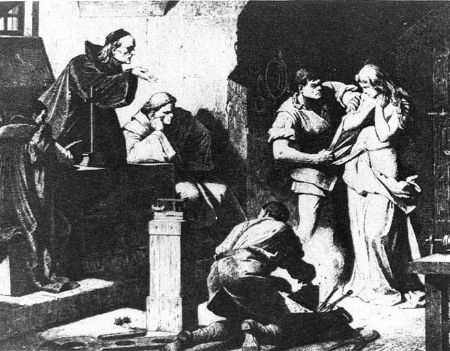
Prosecutions everywhere were most frequently sparked off by denunciations, while convictions invariably required a confession. The latter was often obtained by extremely violent methods. That said, many judicial procedures of the time required proof of a causative link between the alleged act of witchcraft and an identifiable injury, such as a death or property damage.
While "trial by ordeal" was officially abolished in 1215 – brutal techniques were routinely used to extract the required admission of guilt. They included hot pincers, the thumbscrew, and the ‘swimming’ of suspects (an old superstition whereby innocence was established by immersing the accused in water for a sufficiently long period of time).
Investigators were consequently able to establish many fantastic crimes that could never have occurred, even in theory. A number of these "witch hunters" also wrote books on the subject at the time, including Nicholas Eymeric, the inquisitor in Aragon and Avignon, who published the Directorium Inquisitorum in 1376.
Soon, the idea of identifying and prosecuting witches spread throughout the neighbouring areas of northern Italy, Switzerland and southern Germany, and it was at Basel, Switzerland that the Council of Basel assembled from 1431 to 1437. This Church Council, which had been attended by such anti-witchcraft figures as Johann Nider and Martin Le Franc, helped to standardise the stereotype of the Satanic witch that would be propagated throughout the rest of the trials.
Legal treatises on witchcraft that were widely referred to in continental European trials include the popular Malleus Maleficarum (1487) by Heinrich Kramer and Jacob Sprenger, the Tractatus de sortilegiis (1536) by Paolo Grillandi and the Praxis rerum criminalium (1554) by Joos de Damhouder. In 1597 King James VI even wrote a book about witches entitled Daemonologie.
Besides torture, at trial certain "proofs" were taken as valid to establish that a person practiced witchcraft. Peter Binsfeld contributed to the establishment of many of these proofs, described in his book Commentarius de Maleficius (Comments on Witchcraft).
- The diabolical mark. Usually, this was a mole or a birthmark. If no such mark was visible, the examiner would claim to have found an invisible mark.
- Diabolical pact. This was an alleged pact with Satan to perform evil acts in return for rewards.
- Denouncement by another witch. This was common, since the accused could often avoid execution by naming accomplices.
- Relationship with other convicted witch/witches
- Blasphemy
- Participation in Sabbaths
- To cause harm that could only be done by means of sorcery
- Possession of elements necessary for the practice of black magic
- To have one or more witches in the family
- To be afraid during the interrogatories
- Not to cry under torment (supposedly by means of the Devil’s aid)
- To have had sexual relationships with a demon

